A first-world power plant once existed for three hundred years in the western hemisphere. It was democratic, very multicultural, had a complex criminal justice system, and a system of checks and balances. Over a period of three centuries, the nation was at hand a very great sovereign entity. Besides, it was a big part of the civilized world. The nation was not the United States, it was the Viceroyalty of New Spain.

History of the Viceroyalty of the New Spain
New Spain was a recession or a foreign colony that was part of imperial Spain. Throughout most of the Viceroyalty's history, the mother country, or Spain, was supported by the much larger French Bourbon dynasty. France was then under the sanction of the Roman Catholic Church. The Catholic Church is a religious Christian institution based in Rome, Italy.
The Spanish Inquisition adorned Spain. The Roman Inquisition also called Central Italy home. However, the Mexican Inquisition was centered in Mexico City. The capital of the Kingdom of New Spain was Mexico City. Just as Washington, DC is the national capital of the United States, the older vices had their own capital. Mexico City was quite beautiful and prosperous for three centuries.
The question of the departure of New Spain is more alluring than the origin of the foreign territory. The French Revolution was inspired by the Enlightenment. Furthermore, the American Revolutionary War was heavily censored and filtered by the Viceroy of New Spain. In a similar vein, the Silicon Valley Oligarchs censored a New York Post article before the US presidential election in 2020. The Viceroyalty of New Spain canceled information to the unwashed masses. Moreso, two centuries later, censored Facebook and Twitter online literature.
Age of Reason meets Age of Revolution

However, the age of reason and the age of revolution finally reached the viceroy. Mexico was to gain its independence in 1821. The Kingdom of Guatemala would soon succeed Mexico and become the Republic of Central America. The newly created republic was a short-lived representative democracy. It would be torn apart by civil war and become the seven modern nations of the subcontinent. However, identity politics and class war are tearing the United States apart today
Today, Mexico is in the midst of a decade-long drug-driven civil war. In any case, statistically speaking, the North American nation has a lower crime rate than the United States. The world's largest democracy had a violent summer in 2020. El Salvador was almost torn apart by MS13 gang-related violence before nationwide crashes reduced crime in the nation. However, the United States could not stabilize crime in most major cities and many states.
The United States is at a very serious time in its history. Nationwide crises regarding open borders, wealth distribution or welfare abuse, and the emergence of marx threaten the land of the free today. More then, more than two centuries ago, the Age of Enlightenment and the revolutions, which were imported from Western Europe, threatened the Viceroyalty of New Spain. The overseas territory was at a crucial time in its three hundred year long history. Moreover, the United States is at a very important time in its almost 250-year history today. Just as the overseas territory of New Spain was destroyed at the beginning of the 20th th century. The United States is approaching a very crucial moment in its national history in the early 2020s.
How big was New Spain?
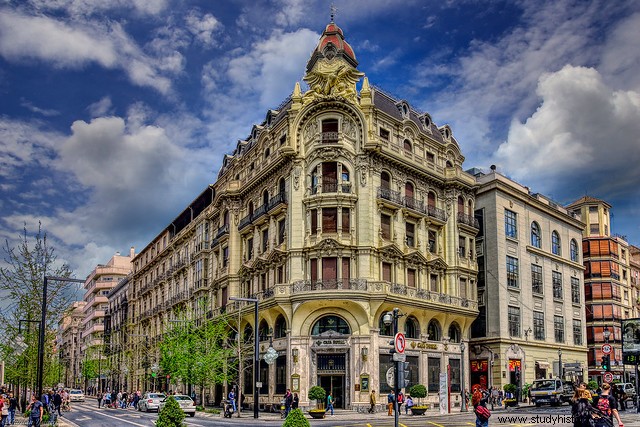
New Spain stretched from the southern tip of North-South America to parts of Anthropology:Short Sociopolitical Stories of the Three Largest Regions of the World. The fall of the kingdom began when Emperor Napoleon Bonaparte of France bought Louisiana territory from Spain. In 1800 he brought it back under French control. After the Mexican-American War, the countries now known as the US states of California, Oregon, Washington State and the modern southwestern United States lost to the United States. The US Federal Government continued to buy Louisiana territory from France during the Louisiana Purchase in 1803. Mexico wanted to gain its independence from Spain in 1821. The Central American Republic would soon succeed the First Mexican Empire. Then the subcontinent will soon break up into seven separate countries.
Also, Great Columbia would succeed in Spain. The nation wanted to consume Argentina before it collapsed and became Argentina and most of the nations of today in North-South America.
How could the United States avoid such a catastrophe?
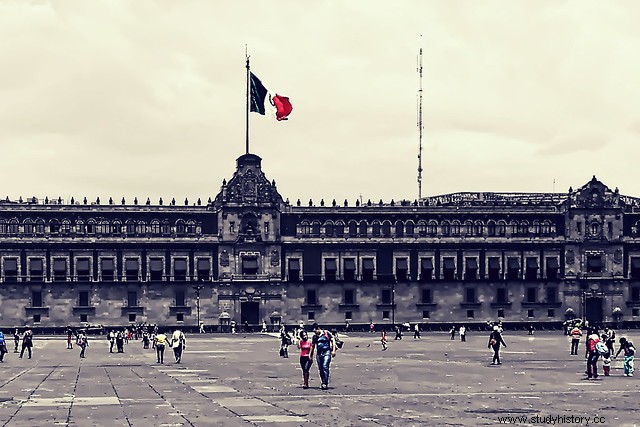
However, how could the crisis that became New Spain in 1821 be avoided? More importantly, how could a similar crisis be avoided in the United States today in 2021, which is exactly two centuries later?
The answer to such a complex question could be found in examining how Spain maintained its foreign presence for so long. For example, the website Europa reported that after three centuries of a bear market economy with political stability and prosperity, the Treaty of Paris ended the overseas territory of New Spain.
Eventually, Spain's sovereign state lost its foreign colonies of Puerto Ricco, Guam, and the Philippines. Spain then sold what was left of their foreign empire to Germany. Germany was the last new world power in Europe at that time.
Three centuries of peace and prosperity
Regina Grafe stated that Spain's international trade was poor or insufficient from the end of 16 th century to the end of the nation's foreign colonial and imperial empire in 1821. However, a massive question remains about the nation's foreign viceroy, which is how the Spaniards maintained such a complex and massive overseas colonial power after Spain lost its Armada for the following three hundred years.
However, the growing imperial presence around the world may have led to one of the most important factors in the death, death and doom of the new Spain. Furthermore, the easiest way for the Olden Crown of Castile was to reach its Italian contemporaries on its way across the Mediterranean. In addition, the Spanish road was a supply route that traveled from Barcelona to the Benelux through the northern Italian region of Lombardy and the east-central French region of Burgundy. However, the Spanish road was the easiest way for Spain to reach its Benelux colonies. Furthermore, the route was the safest route to reach the Spanish colony at that time in history.
Growth in New Spain
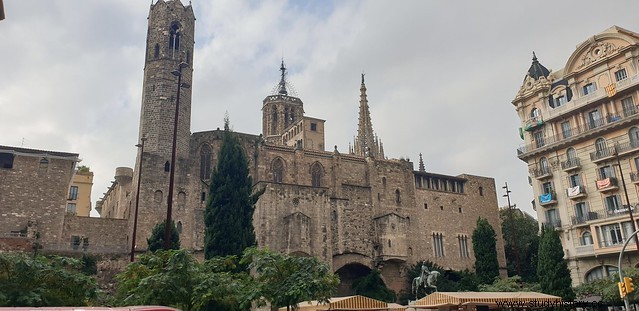
H-2 image courtesy of Brian Adamson's Flickr Creative Commons License
However, Europe reported that the only possibility for Imperial Spain to reach its foreign colonies was that her navy crossed the entire Atlantic. The Atlantic Ocean was also very dangerous to sail. In addition, other European nations, such as France, England, and then the Netherlands, began sailing to the New World. They were then placed directly in competition with Spain.
Then began the Thirty Years' War. It originally started in the area now known as Germany. Before it spread like wildfire. The Dutch rebelled against Spain. The Franco-Austrian clash then began. The two conflicts became part of the Thirty Years' War, between northern and southern Germany. However, the two conflicts were not directly linked to organized religions or the Germanic city-states.
The terrible end of the new Spain
In any case, it is clear that the fall of the new Spain was caused by the fact that the viceroy became too large too fast and could not maintain such rapid growth. Furthermore, the United States is a constitutional republic with at least 325 million people. Counting people in the country illegally, the actual number is unknown. In terms of size and population, the United States is the third largest nation in the international community. Only Russia and Canada are bigger. Add to that the rapidly growing population, in terms of naturalized citizens and immigrants, an open border society, an disarmed police force and wealth distribution (ie socialism), and the question asks how a once sovereign nation can survive without law and order.
Therefore, the new Spain faltered because the size and population became too large to cope. However, can the United States suffer the same fate as its size and population grow, and the nation no longer has sovereign laws to govern them?
JH Elliot on New Spain
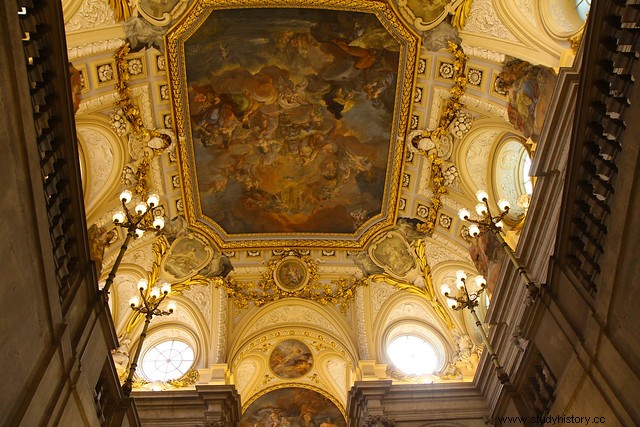
Europe reported that JH Elliot was one of the most respected historians writing about Spanish history, if not, Elliot was the most respected in the field. Elliot wrote that the 1590s were one of the worst decades for the Imperial Span. The following excerpt was reported in Elliot's "Imperial Spain:1469-1716," p. 90. Elliot said that King Phillip II of Spain and his actions of imperial conquests in the 1590s caused his empire's economy to grow weary and weary. The King of Imperial Spain had a direct line of silver trade from the Caribbean. Phillip was then tempted to explore unknown territory.
A growing deficit
In addition, the imperial Spanish crown bought large amounts of debt. Besides, it ate a lot of profits. In addition, the destruction of the Spanish armada and the foreign empire cost 10,000,000 ducats. More In the mid-1590s, the Spanish crown spent more than 12,000000 XNUMX XNUMX ducats annually.
Phillips' foreign and domestic colony income would determine whether he could continue to spend money on a very lucrative, high and massive scale and level. However, Europe reported that in the 1590s it was clear that the war chest of the Castilian Crown was on its way to the breaking point. For example, less than 25 percent came from the US silver trade. The rest were either dug up or paid for by taxes raised by the royal monarchy over the international Spanish empire.
The deficit in the new Spain and the United States
Similar to Imperial Spain's deficit from the end of 16 th century, today the United States owes other nations, especially the People's Republic of China, a debt of several trillion dollars. In addition, hyperinflation, mainly caused by stimulus bills under the current administration in Washington, could be the two factors that could cause an economic correction leading to a second major depression originating in the United States. Deficits and inflation can cause a snowball effect that cannot be stopped after it begins and then takes full effect.
The closest bankruptcy of the viceroy was near
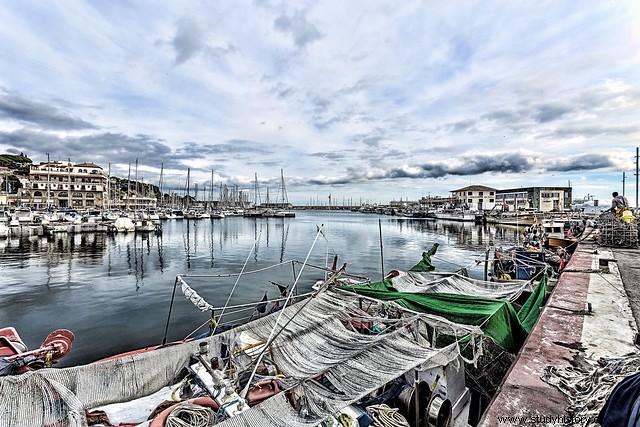
H-2 image courtesy of Miquel Fabre's Flickr Page - Creative Commons License
Elliot asked how long Spain could tolerate fantasies about imperialism. Europe reported that when the Spanish historian later wrote about Spain declaring bankruptcy in 1596, he generally answered his original riddle.
Elliot stated that it was victims who would most logically be prey for the bankruptcy of the foreign colonial empire. The greatest victims of the economic default in imperial Spain were the Masses in Medina del Campo. Furthermore, the fairs had already recovered from the royal bankruptcy in 1575.
Moreover, they had been regularly regulated since the reforms of 1575 and 1583. In addition, when the fairs began operating again in 1598, their better days were clearly behind them. However, early on 17 th century, Spain's economic capital was Madrid, not Medina.
Nostalgia from a bygone era
Northern Castilian cities were shells from their former selves. For example, Simon Ruiz and his companions were still wandering the streets of the region. They remembered a period when Spain sunbathed in honor of the silver trade from America. In any case, the royal Spanish crown could still finance its own foreign empire and viceroy.
New Spain was a viceroyalty that was very demographically diverse, it was a first world viceroy and hosted a very large and complex judicial system. In essence, it was very similar to the United States. Like the United States, it also existed for well over three hundred years before it began to collapse because the viceroy could not maintain such a large size and population.
The United States is the world's largest democracy
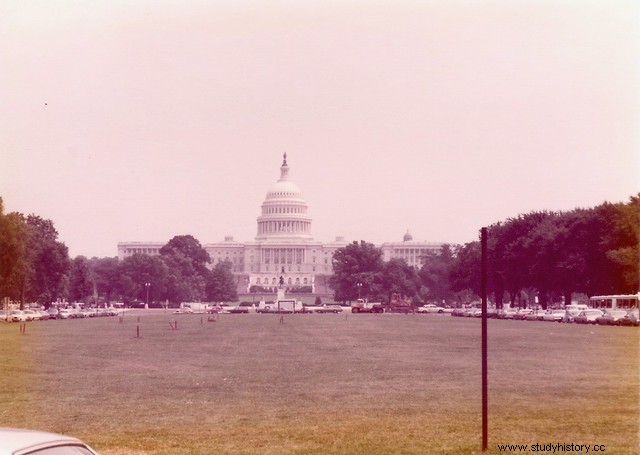
The modern United States is a federal constitutional republic and is the world's largest democracy. However, the United States is the only multicultural democracy that has existed for so long. Only the Commonwealth of Nations is a very similarly diverse democracy and is the world's oldest democracy.
Most of the world's greatest civilizations of the past are similar to the new Spain. Although New Spain was very diverse, most racial and ethnic minority groups in the viceroy were kept under the vice royal. For example, white Spanish-born citizens were in the head of state, and the children of the white Spaniards were close by.
It was then a cultural selection of people of mixed races, black African-born slaves and the indigenous peoples of North and South America, and Anthropology:history, culture and different eras of the Palau and West Indies held in check by the Spanish-born viceroy, governors and rapporteurs and their direct prosecutors.
"Freedom and liberty are always a generation away from extinction," Ronald ReganOn the contrary, the US Constitution clearly states that "All men are created just under our Creator." Finally, the United States is the only example of a multicultural democracy that has been struggling for nearly three centuries with a population of at least 325 million people.
In conclusion, in the words of the late US President Ronald Reagan, "freedom and liberty are always a generation away from extinction." The current generation does not have to be that generation.
Related:Flamenco in Andalusia, Spain and its Cultural History
sources:
My country? Europe: Spain's decline; Lundqvist-Tobias
JH Elliot: Imperial Spain:1469–1716, pp. 190
United States Constitution
United States Bill of Rights
